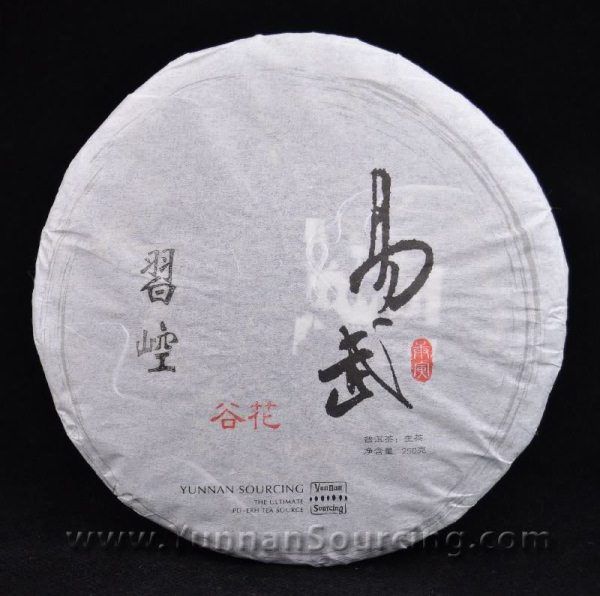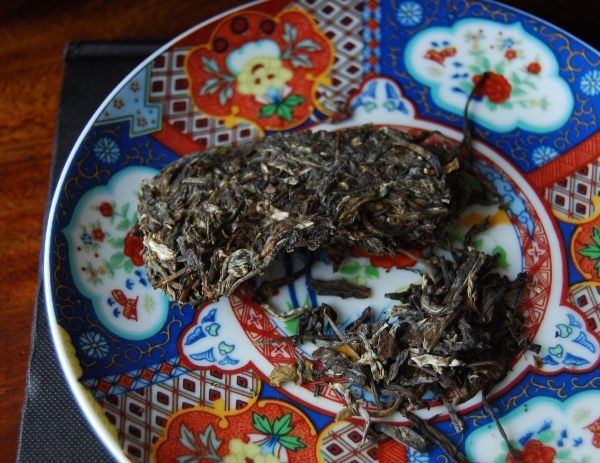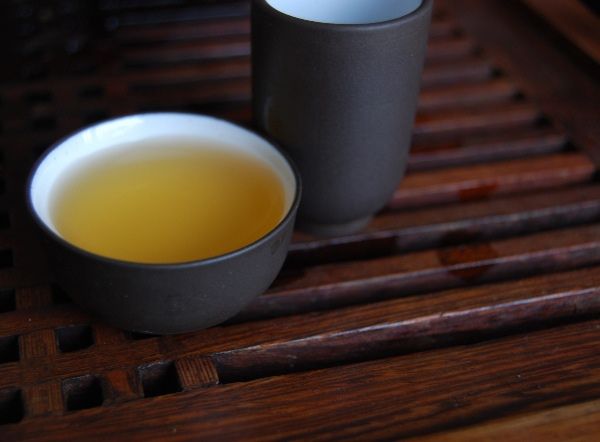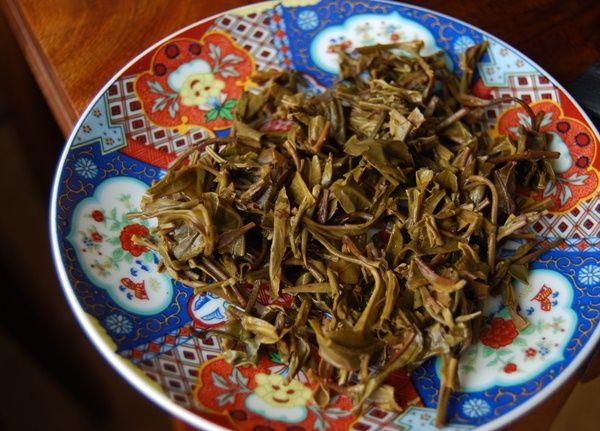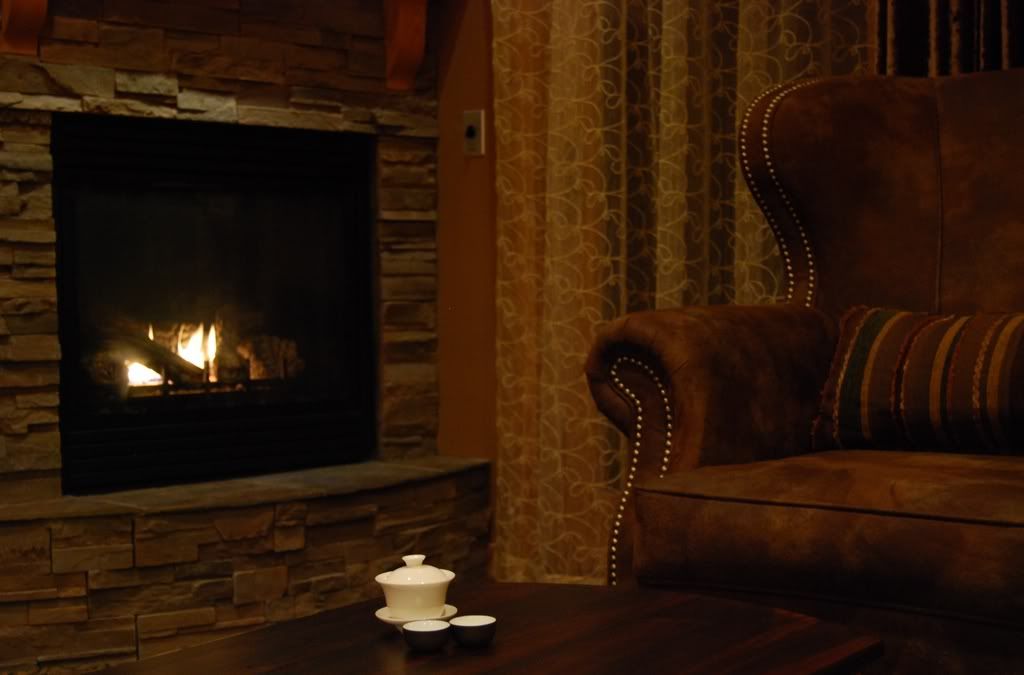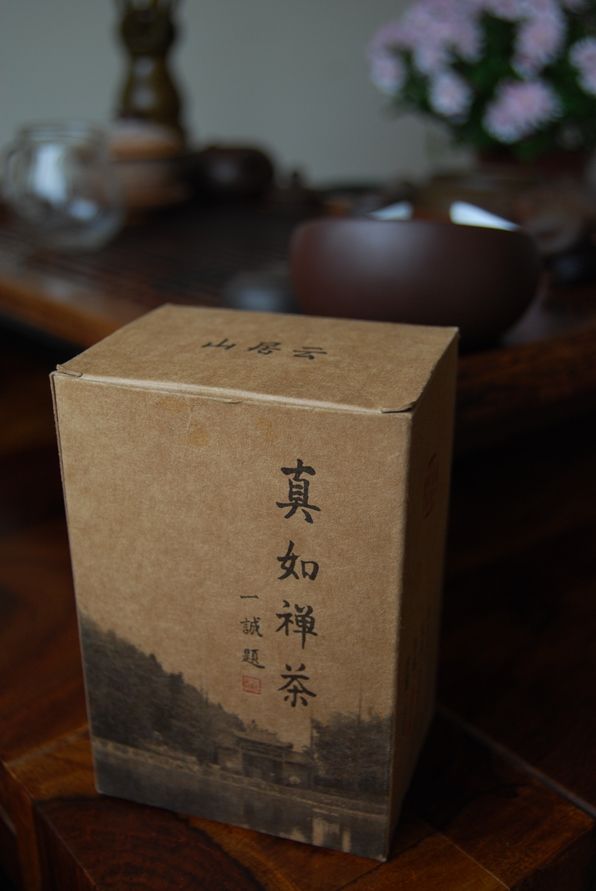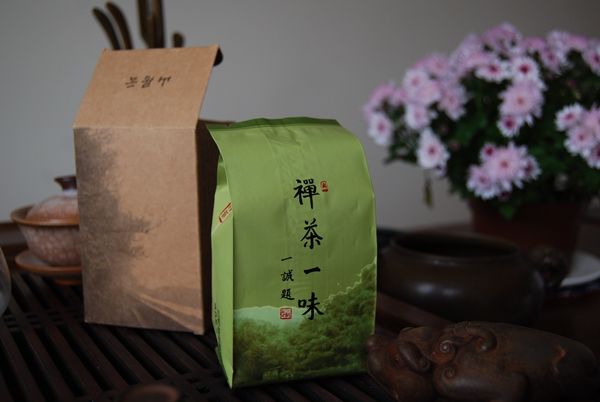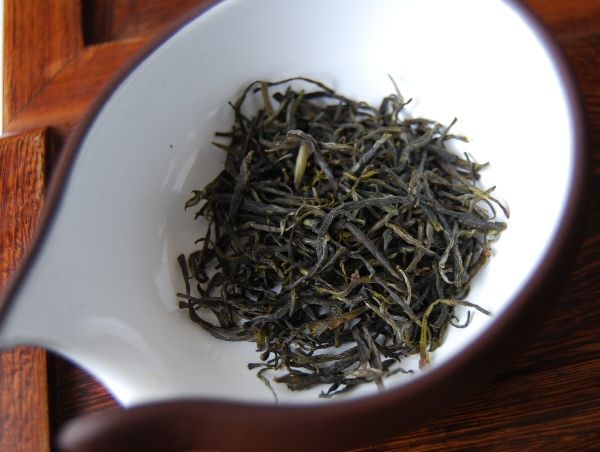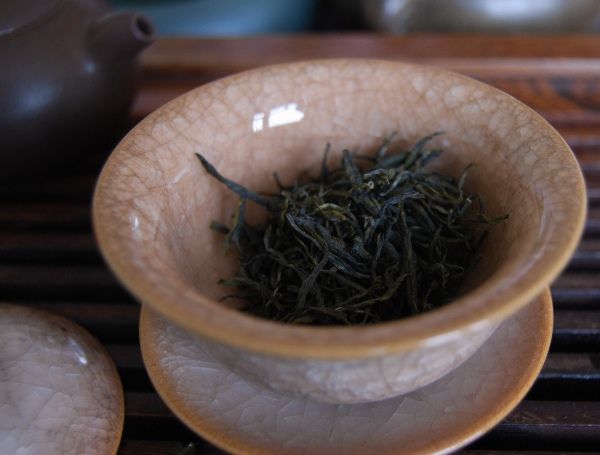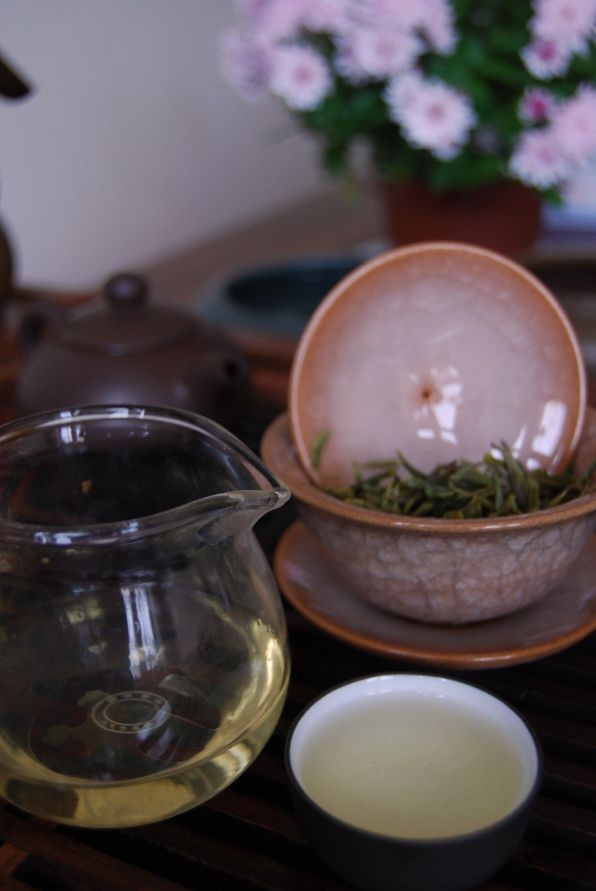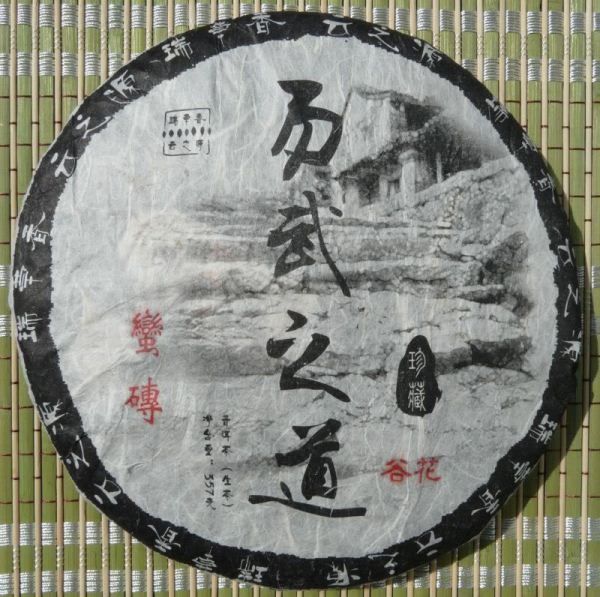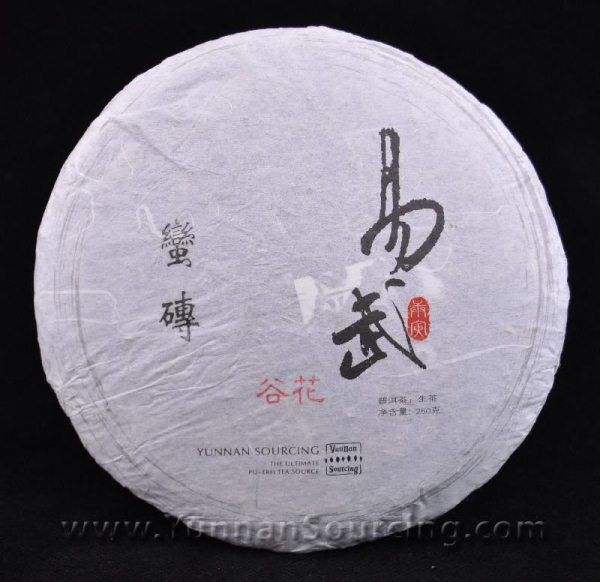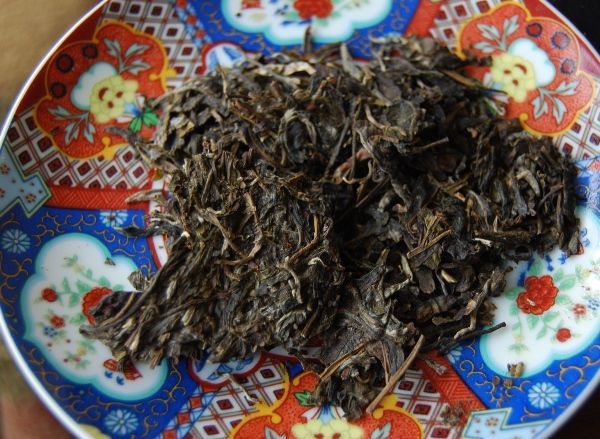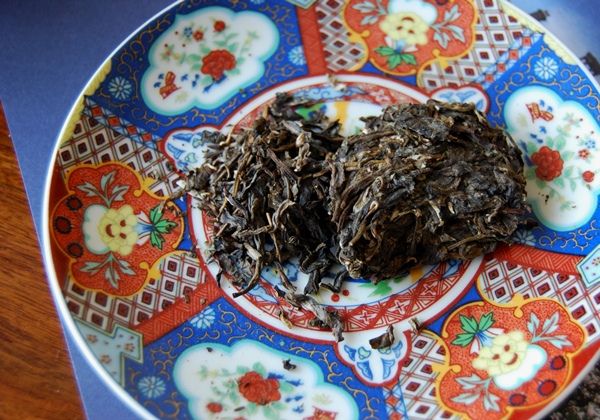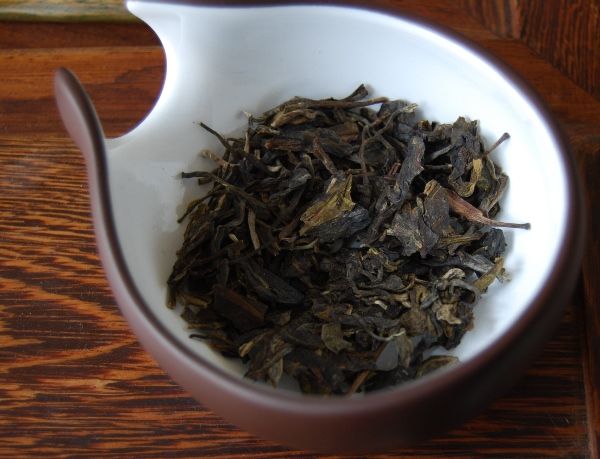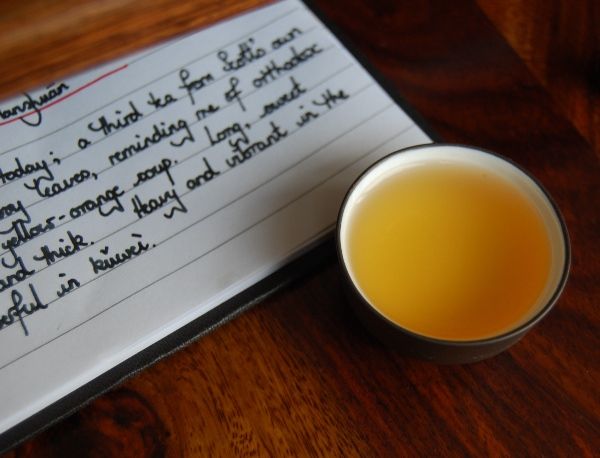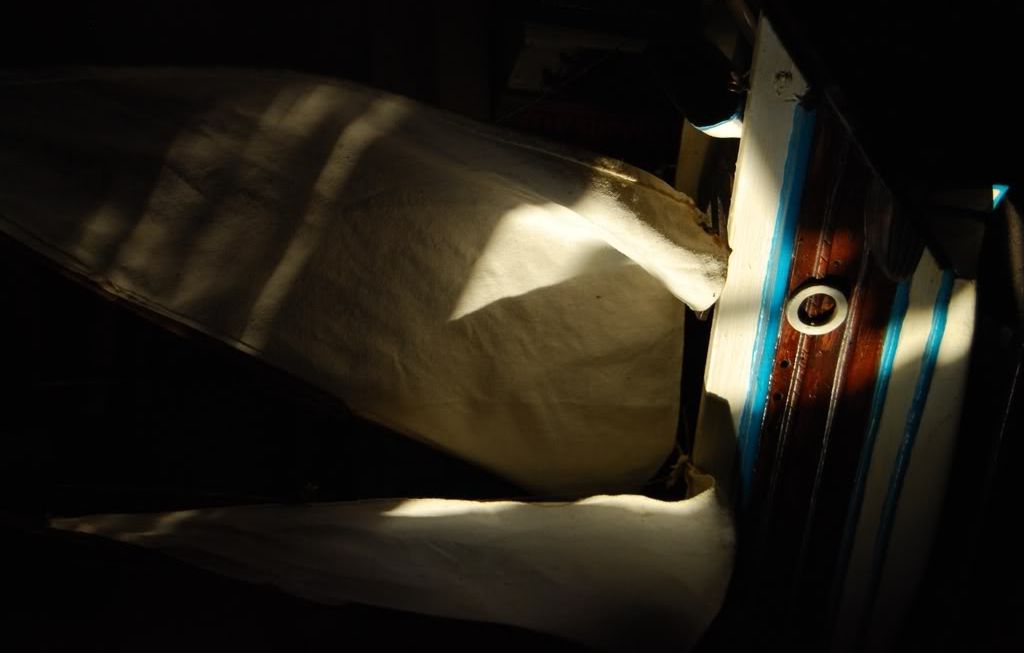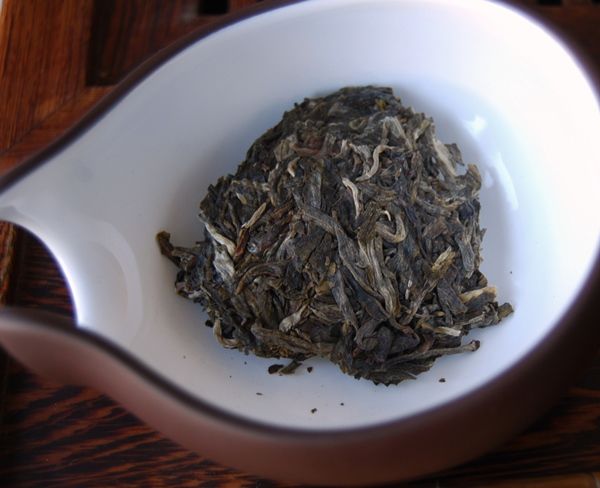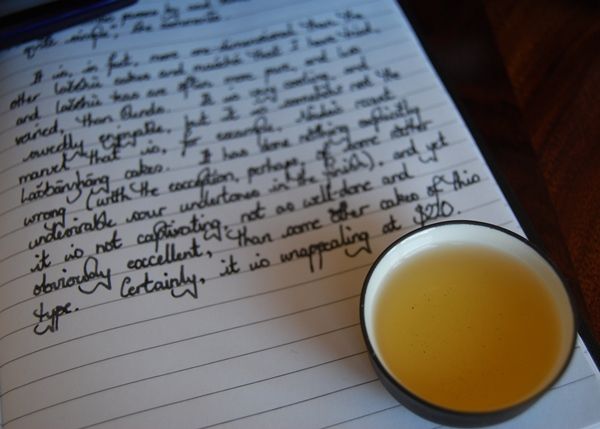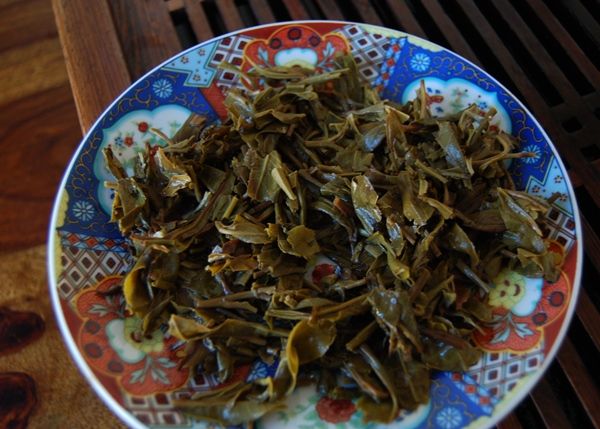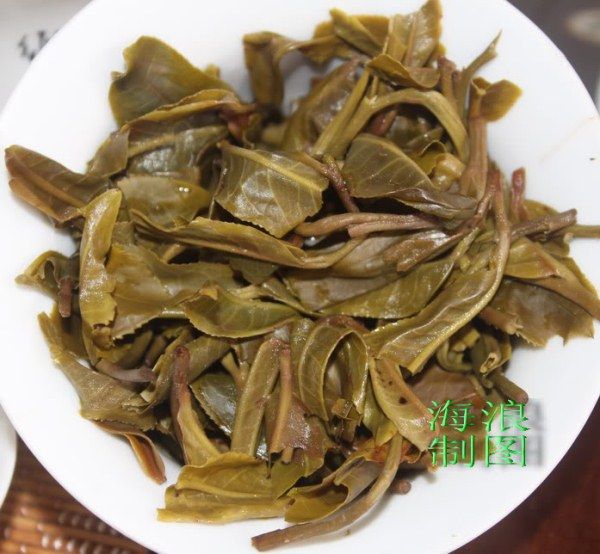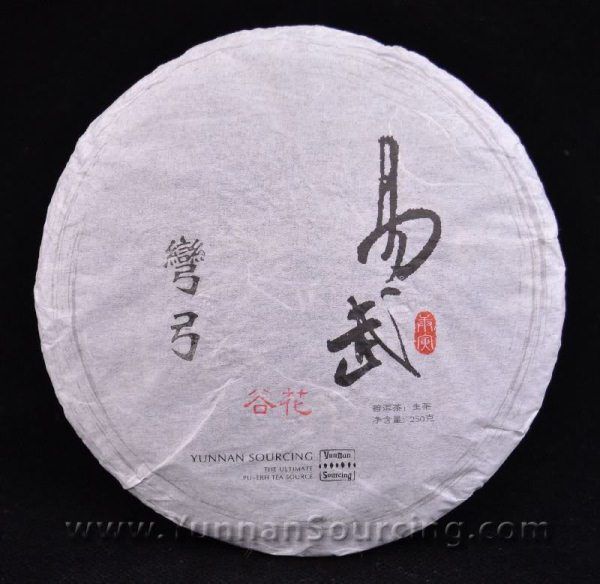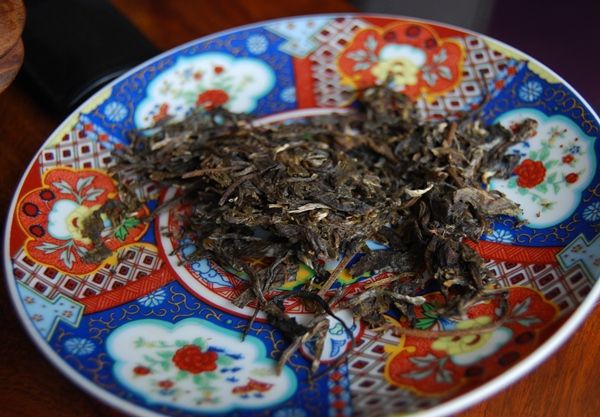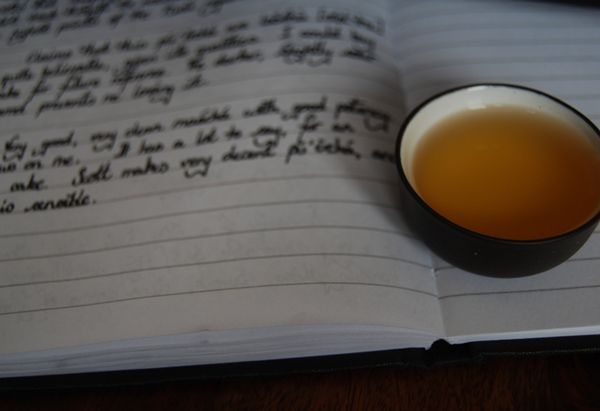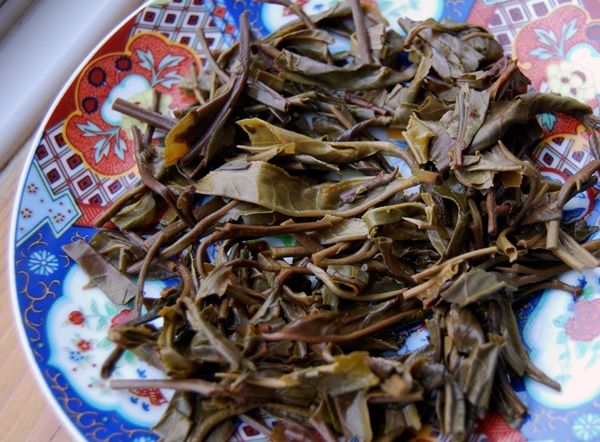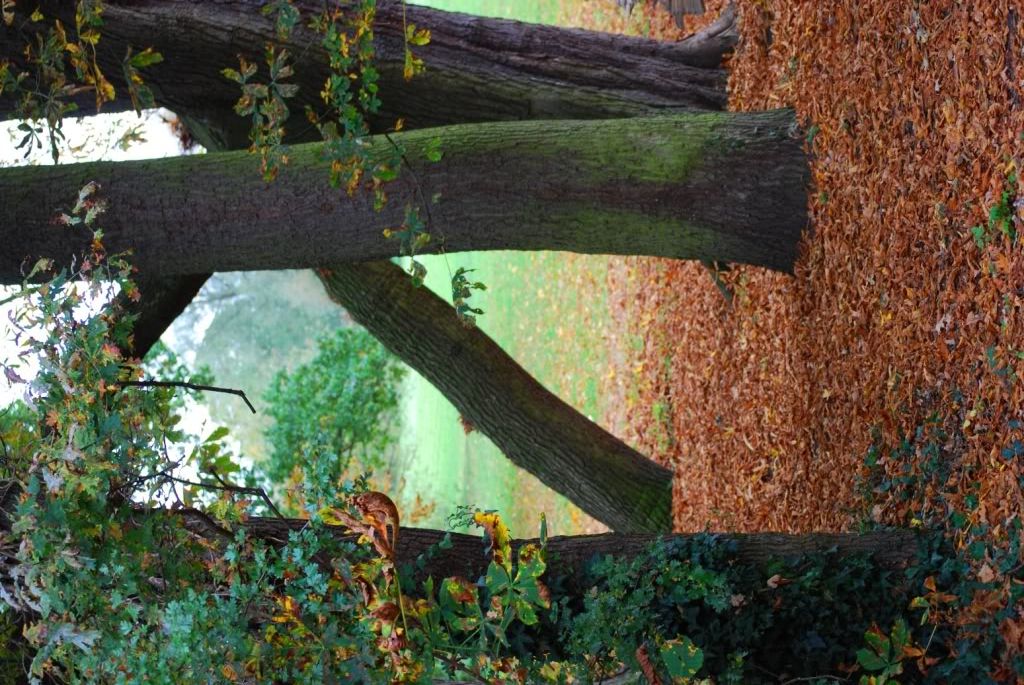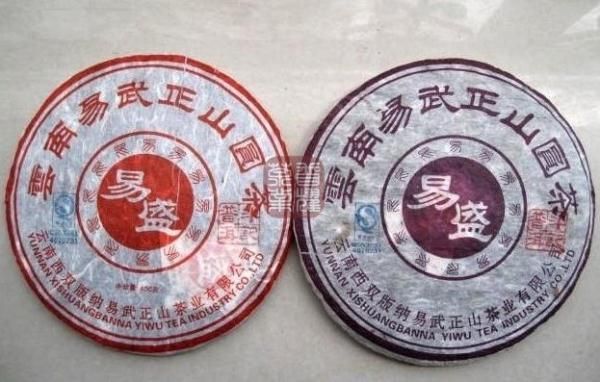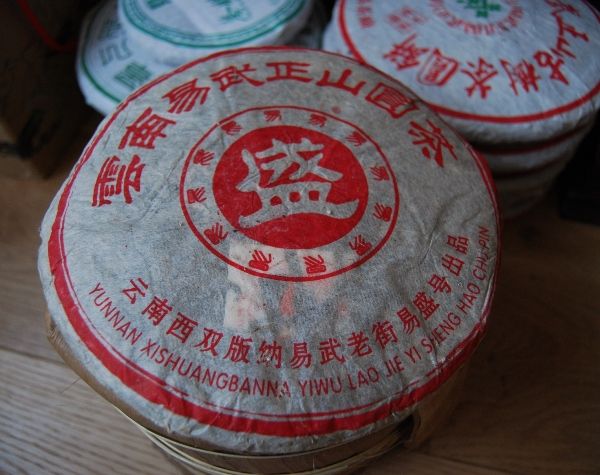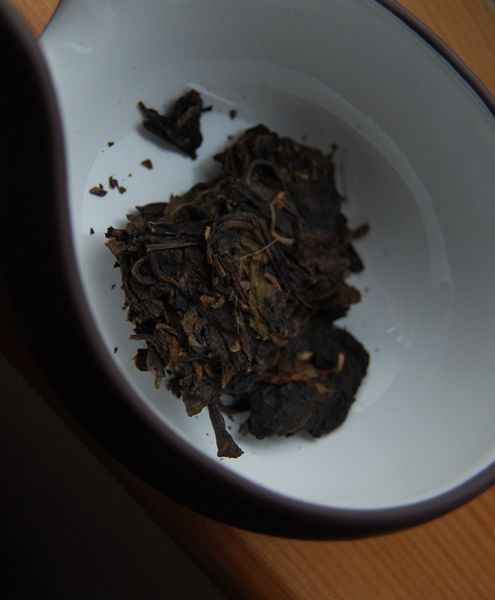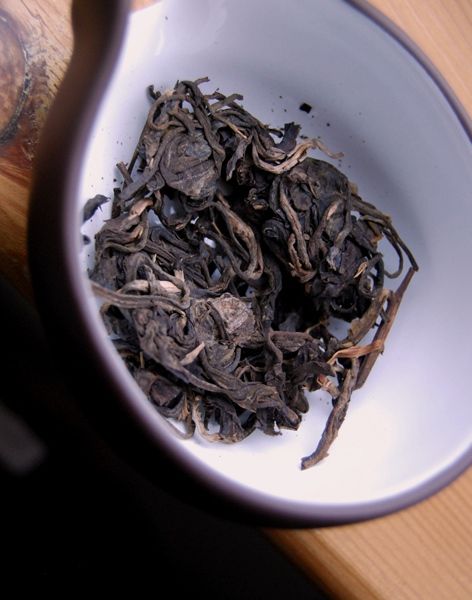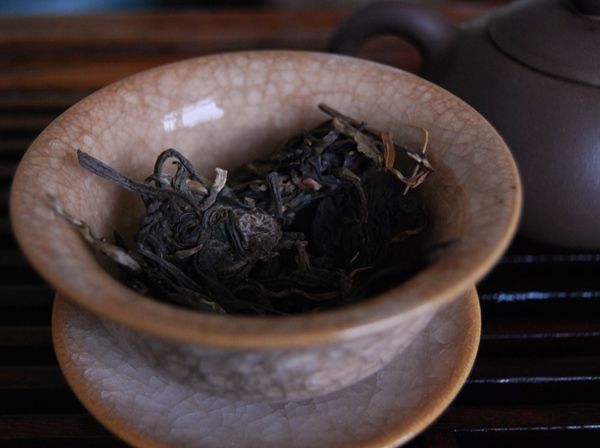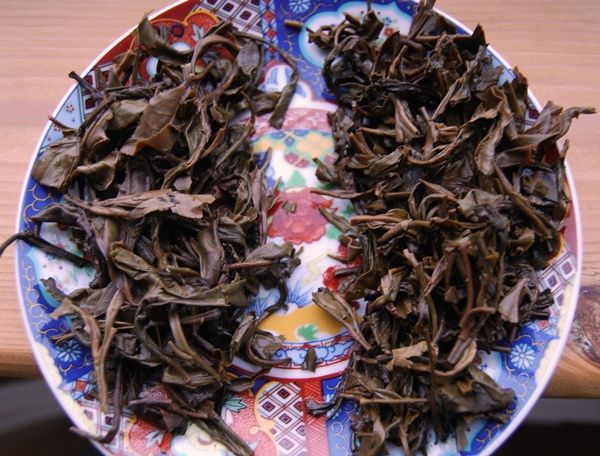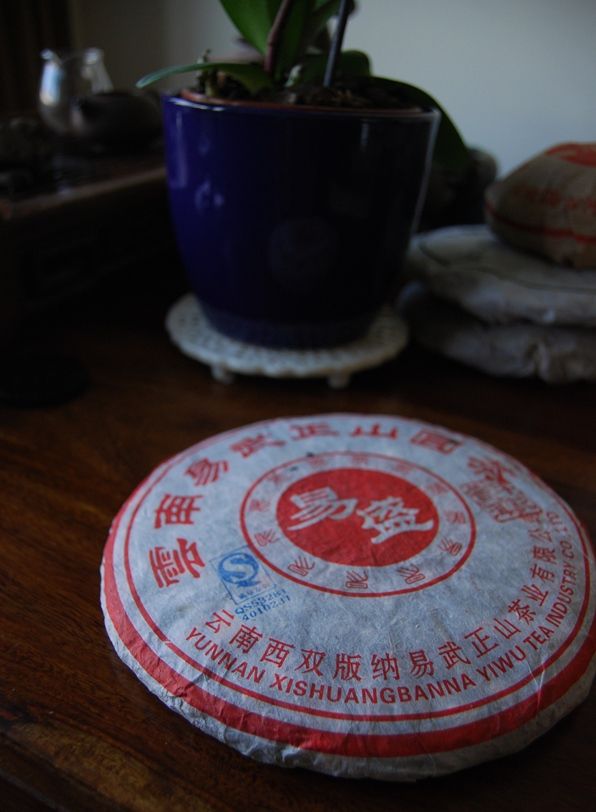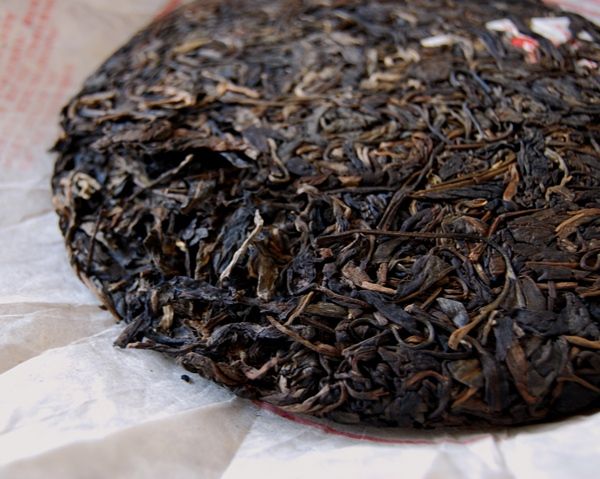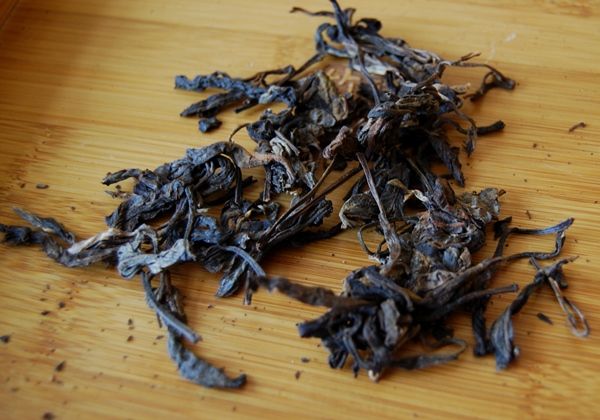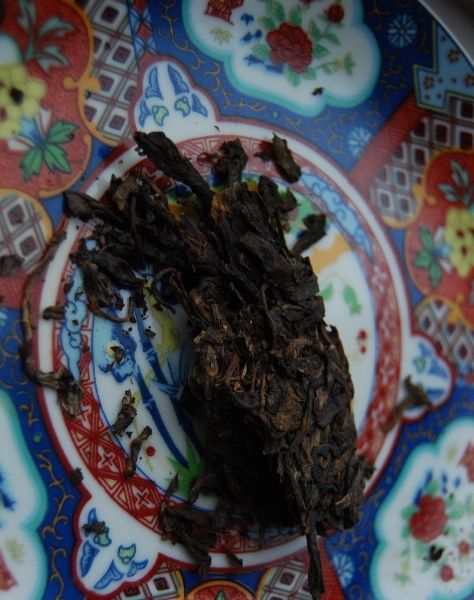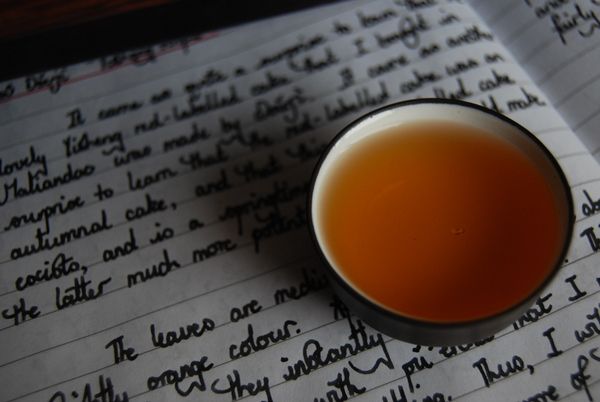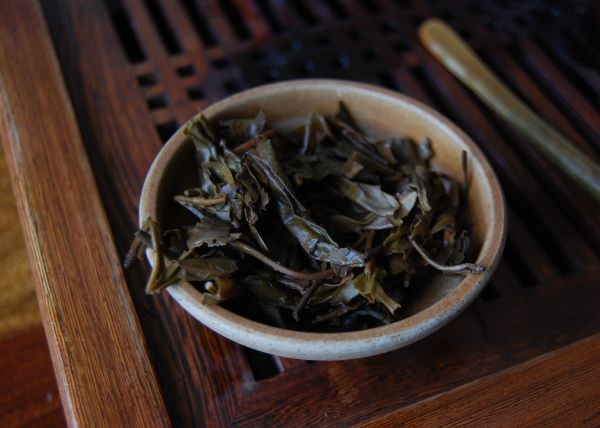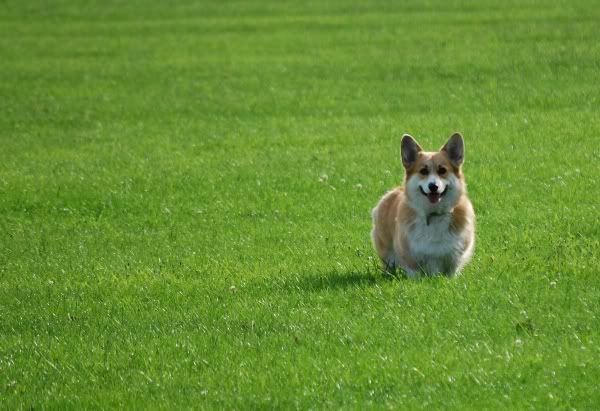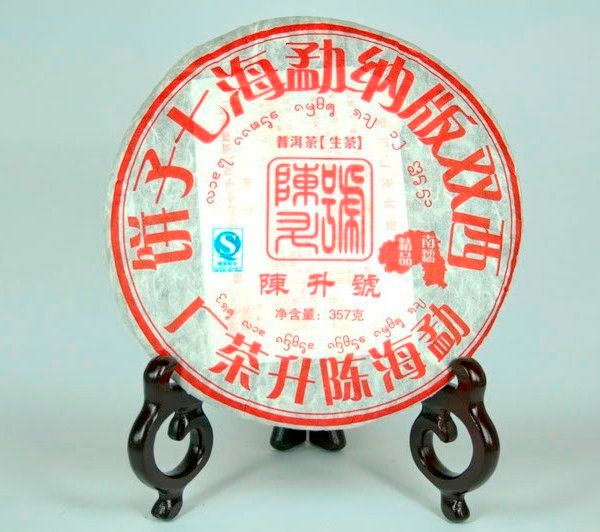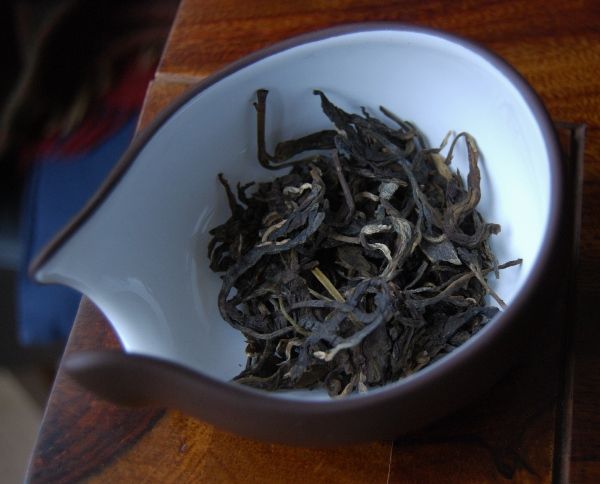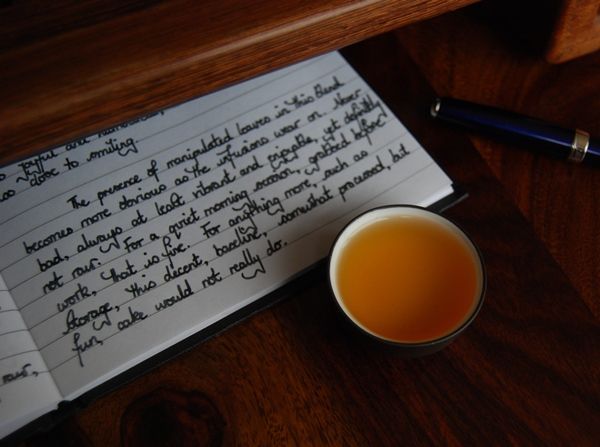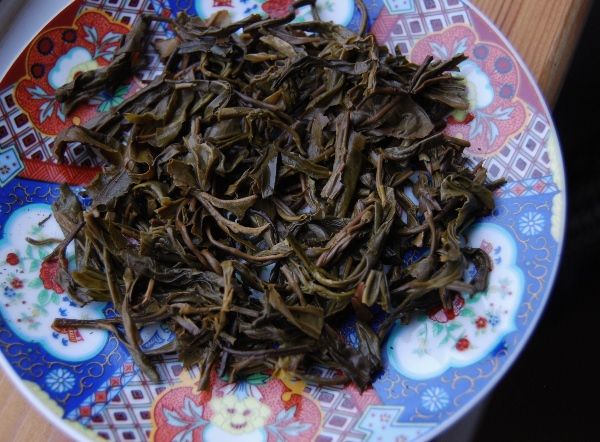When I first started drinking pu'ercha, I received some wisdom from a tea-shop seller in Chengdu: "drink shupu in winter, drink shengpu in summer". As regular readers may have come to appreciate, I promptly disregarded this advice.
Lately, however, it has been baking hot in England, despite it being only April. For the first time in as long as I can remember, we had an Easter barbecue and I developed a fetching sunburn. Certainly, our climate is not on the same scale of that in central China or Arizona, but, for we feeble race of fog-dwellers, it is the hottest temperature imaginable. It feels as if my eyeballs are going to melt.
This parched heat turns the act of drinking shengpu in the morning into a definite treat, even moreso than usual. By sheer chance, after spending a good few hours with this tea, a quick read of Scott's web-pages at Yunnan Sourcing reveal that he recommends this cake for drinking on a hot day. What peculiarly good luck...
Have you ever come across something by the name of "Xikong" [shee kong] before? It is entirely new to me, and again reminds me just how delightful it is, and how fortunate we are, to be able to sample leaves from around the less-travelled parts of Yunnan province.
Xikong is kinda-sorta in the Yiwu region, being in Mengla County of Xishuangbanna, which is the bit that sticks out into Laos. As such, I expect a little "outlying" character to be found, and this excites me: I completely adore the unique granary, sweet characteristics that I associate with that area. If more cakes came from this region, I would be a happy drinker - and I am, by dint of nature, a habitually happy drinker.
The varietal that grows around this area is a xiaoye [sheow yeah, small leaf] type, which I find to be a touch more fruity and sweet than the usual daye [dar yeah, big leaf] type.
So, then, to the tea itself. Scott's samples always take me by surprise when I unseal them from their tightly-packed little foil pouches: the aroma leaps out and wrestles the nose into submission. This Xikong is grassy and fresh in its scent, and could have easily convinced me that it is a springtime tea, rather than the autumnal growth that it is. You can see from the image above that the leaves are, indeed, of a small variety.
Happily, this is a straight yellow tea (pictured above). I have consumed, it seems, so much one-year tea that turns out fat, husky orange, that to have something unadulterated and properly raw is quite a relief.
Further encouraging me, the scent marches proudly in the aroma cup, long and strong, with no sign of diminishing as the infusions continue.
Happy days: this is a fine example of the region's tea. Sweet, grapefruit-like, with a goodly amount of smooth buttery, sweetness in the finish paint a complex picture for the drinker to appreciate. It squats determined in the throat, with an excellent kuwei [bitter flavour], and a satisfyingly fat, chunky body.
I could drink this until the proverbial cows come home, and thoroughly enjoy a prolonged session with it.
It has the clean, sweet-cereal "outland" nature that I so long to find, and avoids being rough, courtesy of Scott's decent selection of leaves. On passing the table, my dear wife takes a sip, remarking "Too bitter for me!" but, between you and me, it's just about right. (Assuming that you like nasty, bitter tea, as do I.)
Scott sells two strata of autumnal cakes: a cheaper layer, costing around $20 / 250g xiaobing, and a more expensive layer, costing around $40 / 250g xiaobing. This cake is in the latter, and deservedly so. Of course, its equivalent 375g bing price is around $60, which makes one pause for thought - that isn't the sort of money that I would spend on a one-year cake without significant consideration. However, it is a lovely tea, and it appeals to my idiosyncrasies. I hope to buy one or two cakes for fun.
Addendum
November, 2011
I was unsuccessful in buying this from Yunnan Sourcing, where it quickly sold out. I should learn to buy before I write! I since bought it from a stock that Scott had reserved for his US venture. The price was higher, in the $50s somewhere.
This time, with my own cakes in hand, I find it sweet and buttery, with a dry, granary body. It has good potency and endures well. It keeps my interest, and I find it absorbing - surely a compliment. I enjoy its sweet, rough nature.
I sweet leaves and then burn garden waste in a fire. Cold, happy days...

